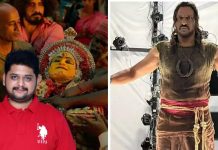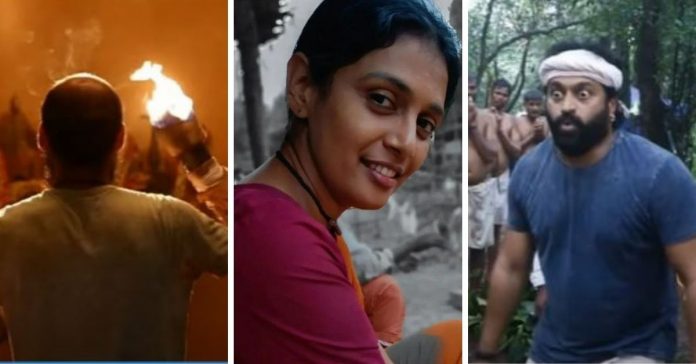
Rishab Shetty created a new benchmark with his performance in the Kannada film, Kantara. The actor, who has also written and directed the film, shares three unknown facts about Kantara that nobody knows.
Three Unknown facts about Kantara
Rishab Shetty is a rather popular name in the Kannada film industry. He rose as a pan-India star with Kantara, which set the box office on fire last year. The actor also garnered a fair deal of attention with his bold statements and straightforward nature. Now, the 39-year-old has given an inside detail of Kantara that nobody knew before.
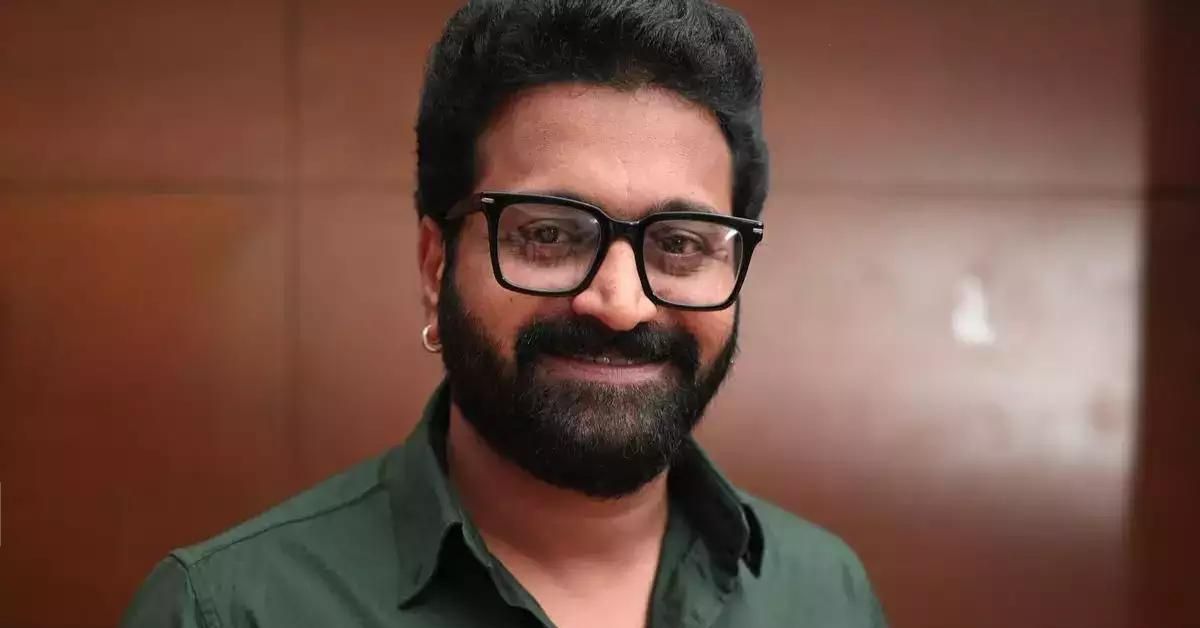
While speaking to the Star Suvarna Television channel, Rishab Shetty discloses 3 important things about Kantara that very less people know.
Rishab Shetty’s cricket ground
“Firstly, the entire shooting for Kantara was done in his hometown in Kundapurua. Many people know this, but they do not know is, “I had already written a story about my village back while I was pursuing my education. So I know every nook and corner of my home town. It could be the forest, open fields, village, etc, which had already decided on different scenes for different regions.”
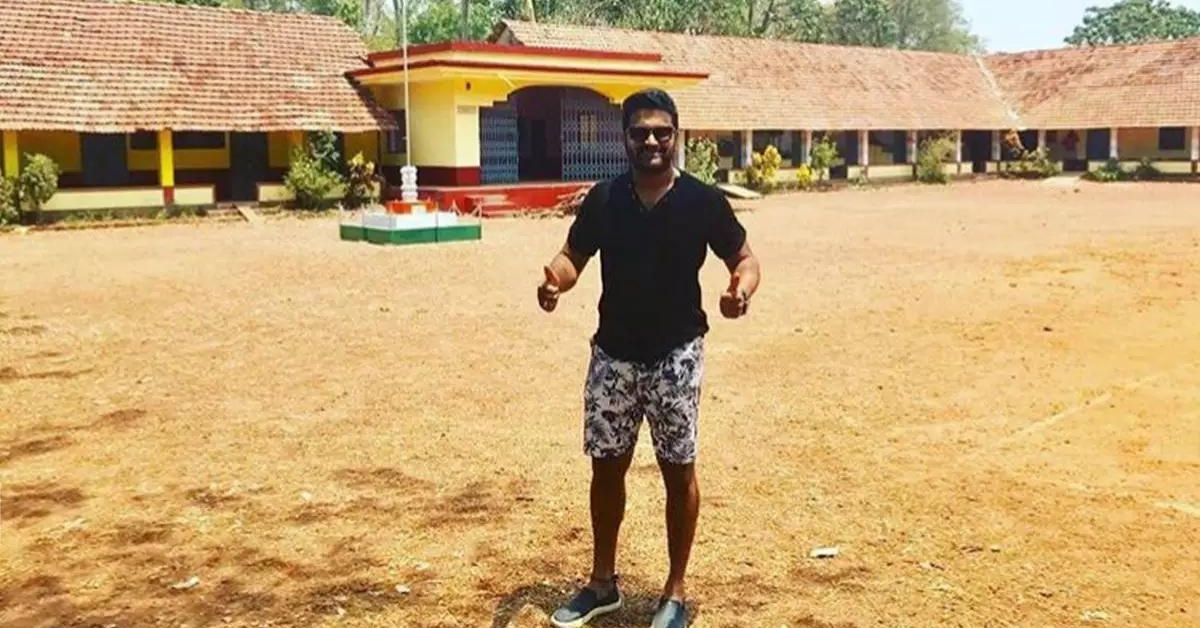
“It could be the sunset of a particular place, I had all the idea about the location because this was where I use to play cricket while growing up. The Badamal Gaddhe, which is the Kaadbettu village’s Kambala ground, so I knew what time was supposed to play here. So while shooting the Kambala sequence I knew the exact time to shoot the scene.”
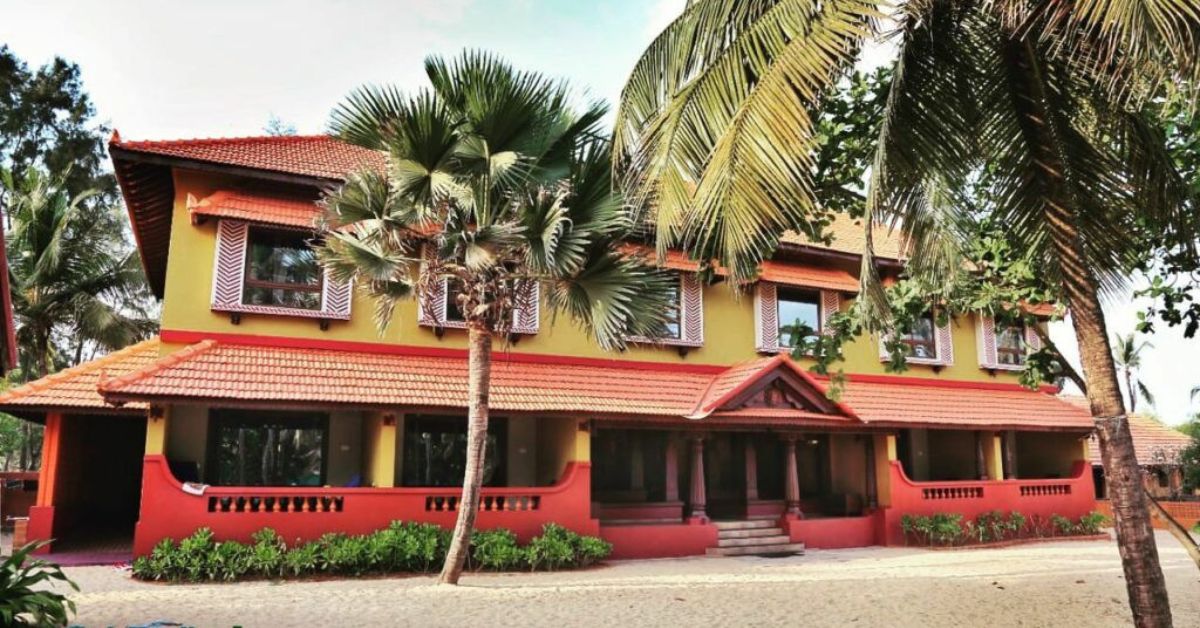
Manasi Sudhir casting as a mother
“Secondly, Manasi Sudhir, who played the character of Shiva’s Mother, no one in my team believed Manasi could take up the role of a mother. It’s simply because she is similar to my age. But I knew she could do it because she is a great actor. And because we both are of the same age we brought this tremendous idea to the script. In the script, we portrayed her as a woman who was married off at a very tender age and thus the age difference appears to be similar.”
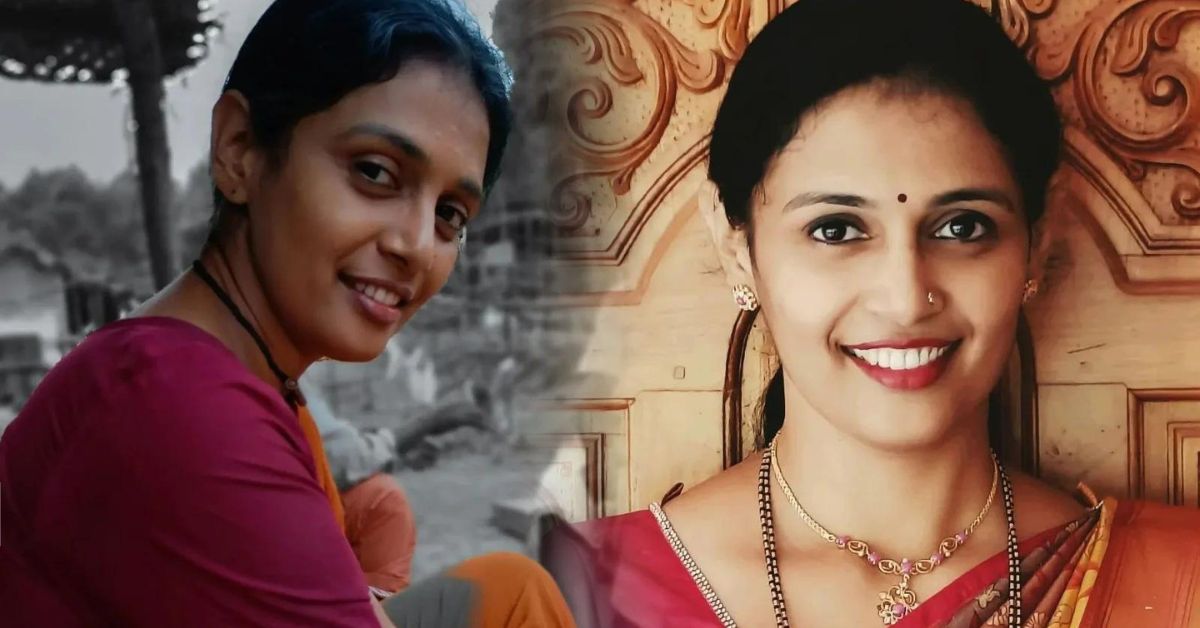
The Kambala sequence
“And the Third thing is, we shot the Kambala sequence when the real Kambala festival was going on. The villagers appearing in that particular sequence are the real crowd. It was quite difficult for us to shoot with a real audience.”

“As the story was from the 70s, there were people in the crowd who donned a mask, had modern-looking T-shirts, and even had smartphones. We had to make them remove it. It was a difficult job.”
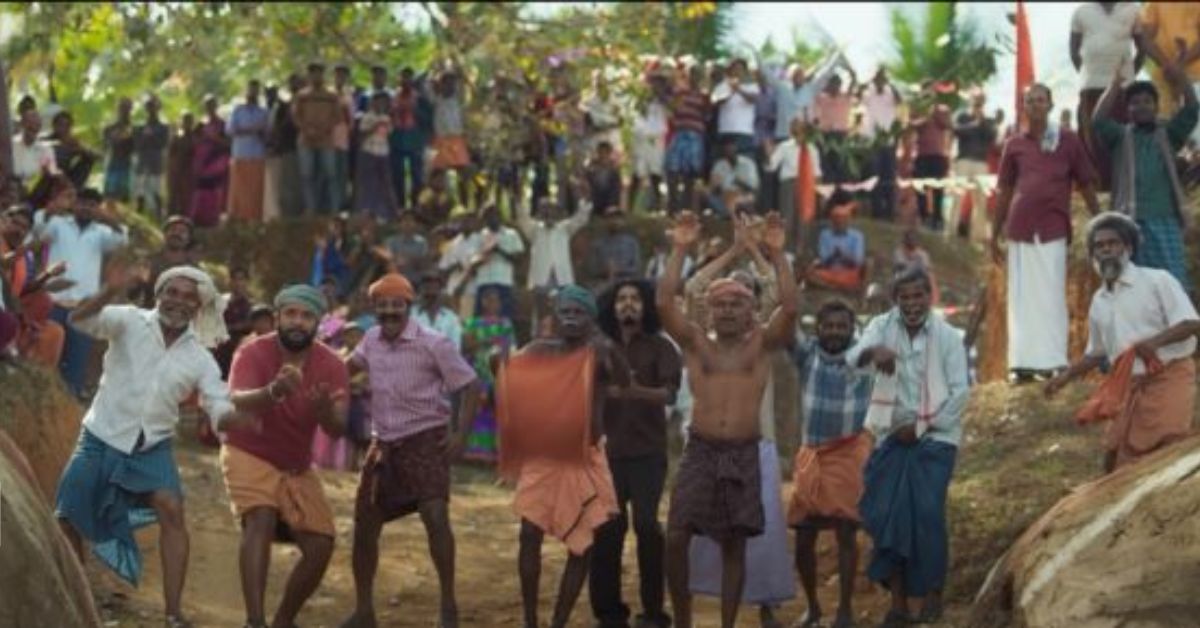
Here’s the video: Click

